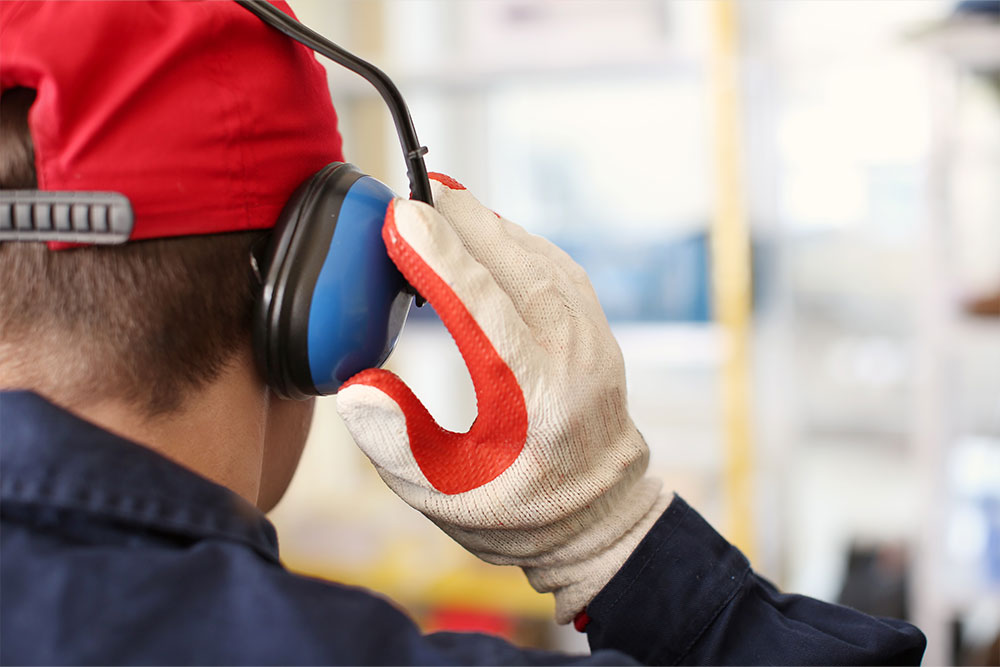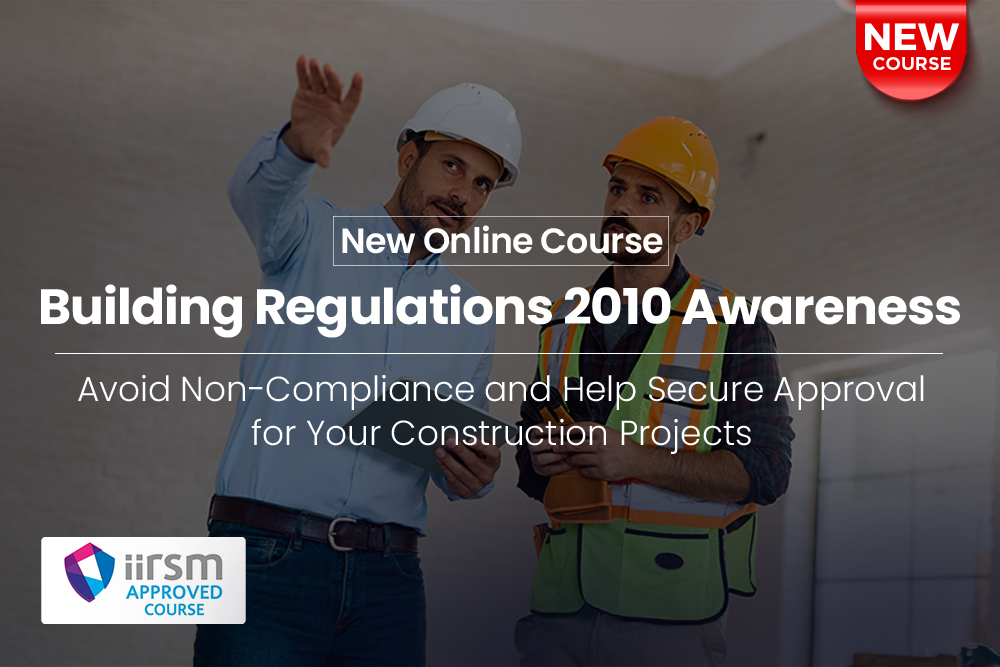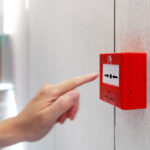
Noise problems at work are more than just that one colleague whose voice doesn’t seem to have a functioning volume control. Excessive noise in the workplace can do serious harm to your hearing.
The Control of Noise at Work Regulations 2005 are designed to protect workers from hearing damage. The Noise at Work Regulations provide guidelines and noise limits employers must follow.
Suppose your workplace has constant loud noise from machinery, vehicles, music or power tools. In that case, it should be following the Control of Noise at Work Regulations 2005. We look closer at how the Noise at Work Regulations help protect people’s ears and health.
What is Noise in the Workplace?
Most workplaces can get pretty loud at times. But what constitutes too much noise?
Excessive noise in the workplace isn’t having to put up with Jeff from Accounts loudly droning on about his golfing holiday. (Although Jeff probably could take it down a notch or two).
Officially, excessive noise in the workplace is defined as any sound above a certain decibel threshold.
Work environments that have excessive noise can involve prolonged exposure to:
- Construction and demolition work
- Heavy machinery
- Power tools
- Loud music
- Agricultural equipment
- Industrial machinery
- Aircraft engines
- Manufacturing assembly lines
- Traffic
- Metal fabrication

What is the Control of Noise at Work Regulations 2005?
The Control of Noise at Work Regulations 2005 aims to protect workers from excessive noise levels that can cause hearing loss or hearing problems such as tinnitus.
The Noise at Work Regulations set legal limits for noise exposure in the workplace. They also mandate that employers assess and control noise levels to protect their employees’ hearing. These measures include providing hearing protection, implementing engineering controls and conducting regular risk assessments.
What Are the Risks of a Noisy Workplace?
An estimated 11,000 people across the UK suffer from work-related hearing problems, according to recent figures from the Health and Safety Executive (HSE) and the Industrial Injuries Disablement Benefit (IIDB) scheme. There were 85 new cases of occupational deafness reported during the 2022 period.
Prolonged exposure to loud, intrusive noise may cause long-term damage to your hearing. This might not sound like such a bad thing if you’re currently sitting next to Jeff from Accounts. Still, noise in the workplace really is a significant health and safety issue:
- Excessive noise can cause serious hearing issues, such as permanent hearing loss or tinnitus. Tinnitus is an irreversible condition caused by exposure to loud noise. You may have tinnitus if you hear a high-pitched ringing or buzzing when it’s quiet.
- If you have trouble hearing the television or people speaking on the phone or find it challenging to discern sounds such as ‘t’, ‘d’ and ‘s’, you may be experiencing hearing loss.
- Prolonged exposure to excessive noise can also cause cardiovascular problems and sleep issues.
- People exposed to constant loud noise experience higher levels of stress and fatigue.
- Intrusive noise can reduce a person’s ability to concentrate and perform cognitive tasks.
- Noise makes communication difficult and decreases our situational awareness, increasing the likelihood of a workplace accident.
Who Does the Control of Noise at Work Regulations Affect?
The Control of Noise at Work Regulations 2005 came into force for most UK workplaces in 2006. Entertainment venues were exempt until 2008.
Now, every workplace in the UK must adhere to the Noise at Work Regulations.
Some workplaces, however, are more likely to experience high noise levels than others. According to the HSE, the work environments and activities likely to have high noise levels are:
- Construction sites
- Demolition or road repair
- Woodworking
- Plastics processing
- Engineering
- Textile manufacture
- General fabrication
- Forging, pressing, or stamping
- Paper or board making
- Canning or bottling
- Foundries
How to Comply with the Control of Noise at Work Regulations 2005
If you employ anyone, you are responsible for complying with the Control of Noise at Work Regulations 2005. And there’s a little more to this than telling Jeff to lower the volume.
- Employers must conduct noise risk assessments and take action to reduce employees’ exposure to excessive noise. A risk assessment must be performed if the noise level is 80 dB(A) and employees must be provided with relevant information and training
- If the noise can’t be reduced, then hearing protection must be provided to employees
- Employers must perform ongoing health surveillance activities, such as monitoring the hearing levels of their employees
- Employers must ensure that the legal limits for noise are not exceeded in the workplace
- Employers have to provide hearing protection and hearing protection zones if the daily or weekly average level of noise is 85 dB(A) or above, as per the HSE
- Workers must not be exposed to noise daily that is above a level of 87 dB(A)
Breaching the Control of Noise at Work Regulations 2005 is a criminal act. You could face hefty penalties such as significant fines or even a term of imprisonment.
Is Your Workplace at Risk of Excessive Noise?
It’s hard to tell if your workplace has a noise problem. If any of the below factors fit your place of work, then you probably have an issue with excessive noise:
- There is constant intrusive noise throughout the day
- Employees need to raise their voices over normal speaking levels to have a conversation at a distance of two metres
- Power tools or heavy machinery is in use for more than 30 minutes per day
- You work in an industry sector where noise is commonplace, such as construction

Tips for Protecting Workers from Noise
If you are concerned that your workplace has excessive noise levels, then there are a few things you can do to protect your employees:
- Provide your people with information about the likely causes of excessive noise
- Inform employees why they may be at risk of hearing damage
- Provide suitable hearing protection such as industrial earmuffs or earplugs
- Ensure that all hearing protection provided is kept in good condition
- Conduct regular hearing checks
- Encourage employees to speak up if they experience hearing issues
- Provide training on how to minimise noise risks
- Regularly conduct noise risk assessments
Learn How to Conduct a Noise Risk Assessment
Keeping the noise down at work is essential for people’s health and wellbeing. Regular noise risk assessments will help you determine how noisy your workplace is.
Our Essentials of Noise Risk Assessment course will teach you everything you need to know about keeping your workplace safe.





















